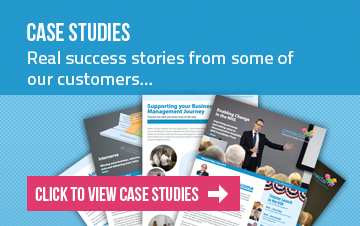Q: How do you decide what to map and where do you start?
University of Cambridge: Generally our process mapping is the result of a request from another area within the University Administration.
University of Bristol: We map processes that emerge from process review activities, or at the start of projects that have been initiated and are funded to make system and process changes - as the processes have been identified as being in need of change. We start with 'as-is' unless the process is so unstructured (non-existent) that it is not worth mapping, in which case we may go straight to the 'to-be' process.
Q: If you have a number of departments doing the same thing in different ways how do you resolve this?
University of Cambridge: If this is a small process, we would generally get the interested parties into a workshop and reach an agreement about the best way forwards. On a larger scale we have recently been involved in a project which has reorganised the student administration area from a number of separate departments to a single registry team. This means that we are starting to treat all students in the same way administratively. This is an on-going project that will take some time to completely bed in.
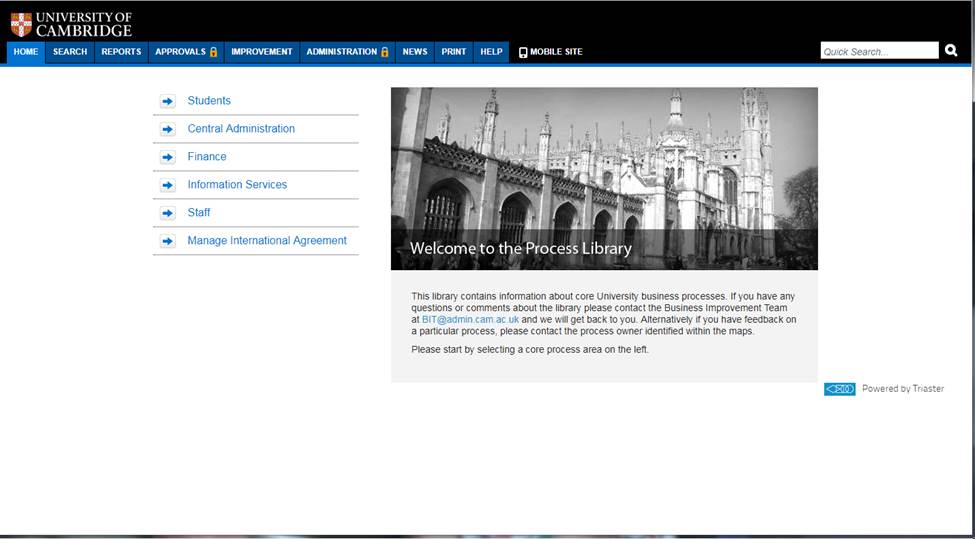
University of Bristol: We sometimes map these separately (one for each faculty, for example) to highlight the differences and would then use workshops to review and agree changes that are recorded on proposed 'to-be' maps.
Q: How do you deal with processes that are linked by different departments/areas?
University of Cambridge: By identifying all stakeholders and either holding workshops or one-to-one interviews. This is often the case with student administration as the Central Student Administration, Colleges and Faculties/departments all have an interest in the students. At Cambridge this is further complicated by the fact that Colleges are separate legal entities and have their own view on how things should be done (potentially 31 versions of the truth). The University will impose processes where there is a statutory requirement for data.
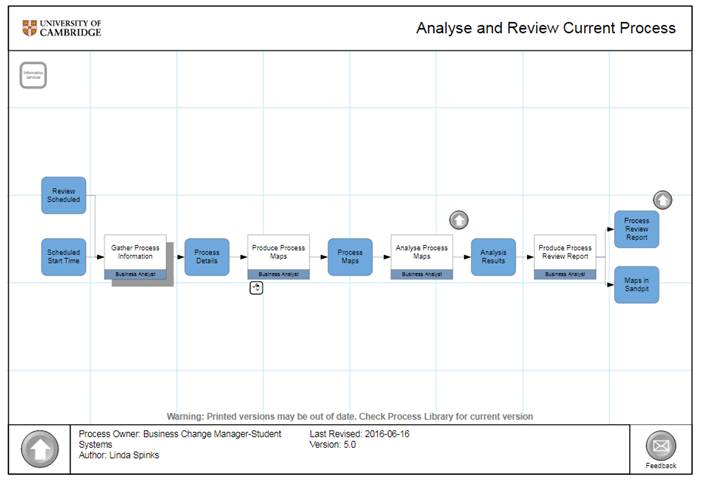
University of Bristol: Sometimes by using swim-lanes if we want to show the movements across departments, but more often than not by showing the responsibility on the activity, so that we can see where ownership of a process lies.
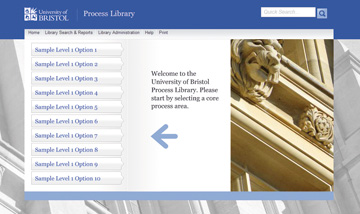
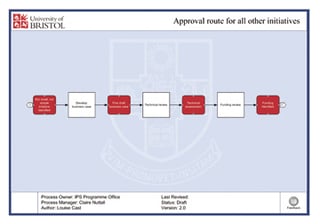
Q: How have you ensured clarity and consistency across all the academic administration services by having a 'one process' methodology?
University of Cambridge: See above.
University of Bristol: We have a centralised function. All mapping is undertaken by trained Business Analysts within our Strategic Projects office or by a very few other people who we train. We have standards and documentation to support this. The publishing of maps is controlled by the central BA team.
Q: How do you implement new processes to improve effectiveness, efficiency and communication across a University?
University of Cambridge: Stakeholder involvement is key as is sponsorship at senior level. This is something that we continue to work on.
University of Bristol: Via projects supported by fully costed and approved business pages.
Click below to learn more about process mapping and process improvement projects undertaken by Triaster customers.
Related Articles:
Six Major Benefits of Process Mapping
What is Lean Six Sigma? Tools for Process ImprovementOriginal article published July 2012
Written by Isobel Witts
Isobel joined Triaster in September 2014 as our Customer Success Administrator. After about a year in the role she decided marketing was where her main interest lay and she began working with Emma as a new Triaster website was developed and the Triaster blog was started. The move was very successful, resulting in her moving full time into a marketing role, firstly at Triaster and subsequently for a local marketing agency.
